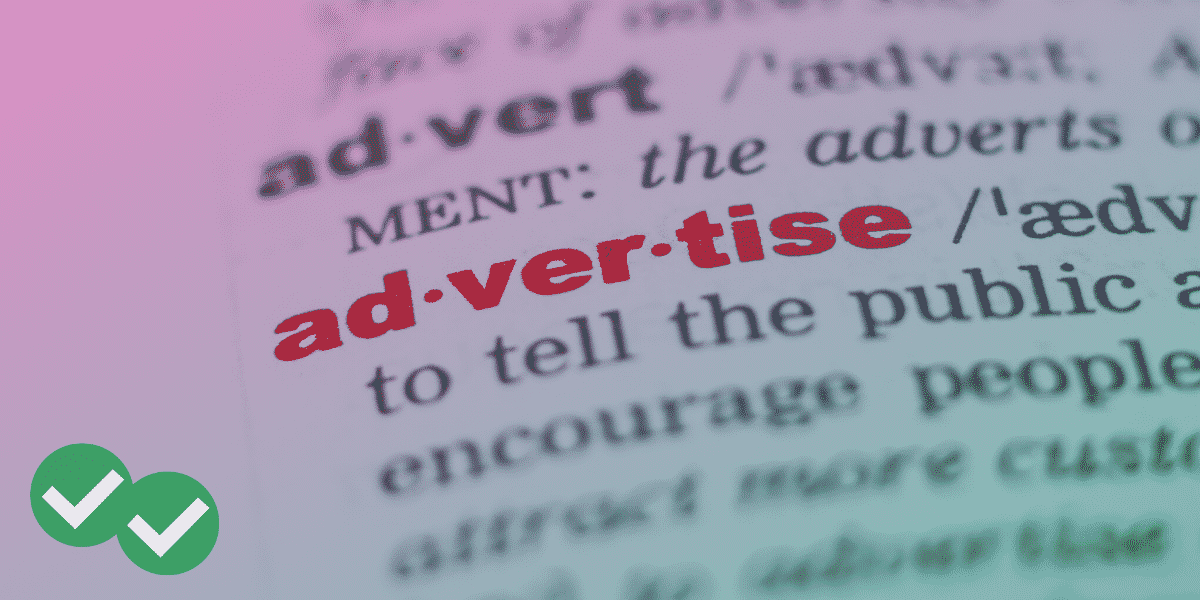Connotation is the idea or feeling you get from a word, beyond its basic literal meaning. (The literal meaning of a word is usually known as its definition, or denotation.)
Knowing the connotation of a word is very important, if you want to use the word correctly. For example, the verb achieve has a connotation of hard work that is usually positive. While “achieve” literally means to reach a goal, it suggests that the goal required hard work and skill.
So you want to use “achieve” for a goal that’s cool and valuable, not for a goal that is ordinary, easy, and not-so-interesting. You would say that you achieved a good score on the TOEFL. You wouldn’t say that you achieved clean dishes—washing your dishes after supper is not as difficult or valuable as studying for and passing an important exam.
Then there are words such as sufficient and adequate. Both of these adjectives basically mean “enough of something to meet a need.” However, adequate has a negative connotation. The word gives a sense that there is barely enough, and that people would be more comfortable if they could have just a little bit more. Sufficient suggests that there is enough of something to meet someone’s basic needs and to make them comfortable. So if you say your bedroom has adequate space for study, people picture a small, slightly uncomfortable study area. But if you tell people that your bedroom has sufficient space for study, they’ll picture a larger area where you can study very comfortably.
All of the bold words above are taken from Magoosh’s free Vocabulary PDF. For those of you who find vocabulary learning to be not-so-fun, memorizing the connotations as well as the definitions may seem stressful.
Remembering connotations ges much easier, though, if you get a really good grasp on the concept of connotation—what connotation is, how it works, and how you can use it as a reader, listener, speaker, and writer of English.
And the best way to learn connotation is by using it. Here’s a fun mental exercise: picture a person, either someone you know, or maybe someone famous. Think about what that person looks like. Then describe the person’s appearance in two ways—one way that’s complimentary and makes them sound like they look good, and one way that’s insulting. So for example, if a person is thin, you could describe them as slim (which makes it sound like they’re attractive) or as scrawny (which makes them sound ugly). You could describe an older person’s hair as faded (not-good looking) or as silver (good looking).
This works for describing other things too. You can describe the water on a lake as peaceful (which is good) or as stagnant (which is bad). Both words refer to water that doesn’t move much, but the connotations are different. For that matter, you could describe a fattening food, such as a donut or a hamburger as “rich food” (sounds delicious!) or as “oily food” (sounds disgusting!). The fun challenge here is to be able to describe the exact same thing in different ways.
If you are having trouble finding alternatives to a word that have different connotations, use a two-step process. First, look up the word in an online thesaurus. (A thesaurus lists words that have similar meaning to each other.) And then once you get similar words from the thesaurus, lookup their definitions and connotations on a vocabulary website such as Wordnik or Vocabulay.com.
Really understanding connotation and its effect on language doesn’t just help you on exams like the TOEFL. It also makes you a better communicator and lets you express yourself well in English. And it can even make you a more sophisticated and skilled communicator in your own native language. Put connotation to work for you, and you can do some fun, great things with language.






Leave a Reply